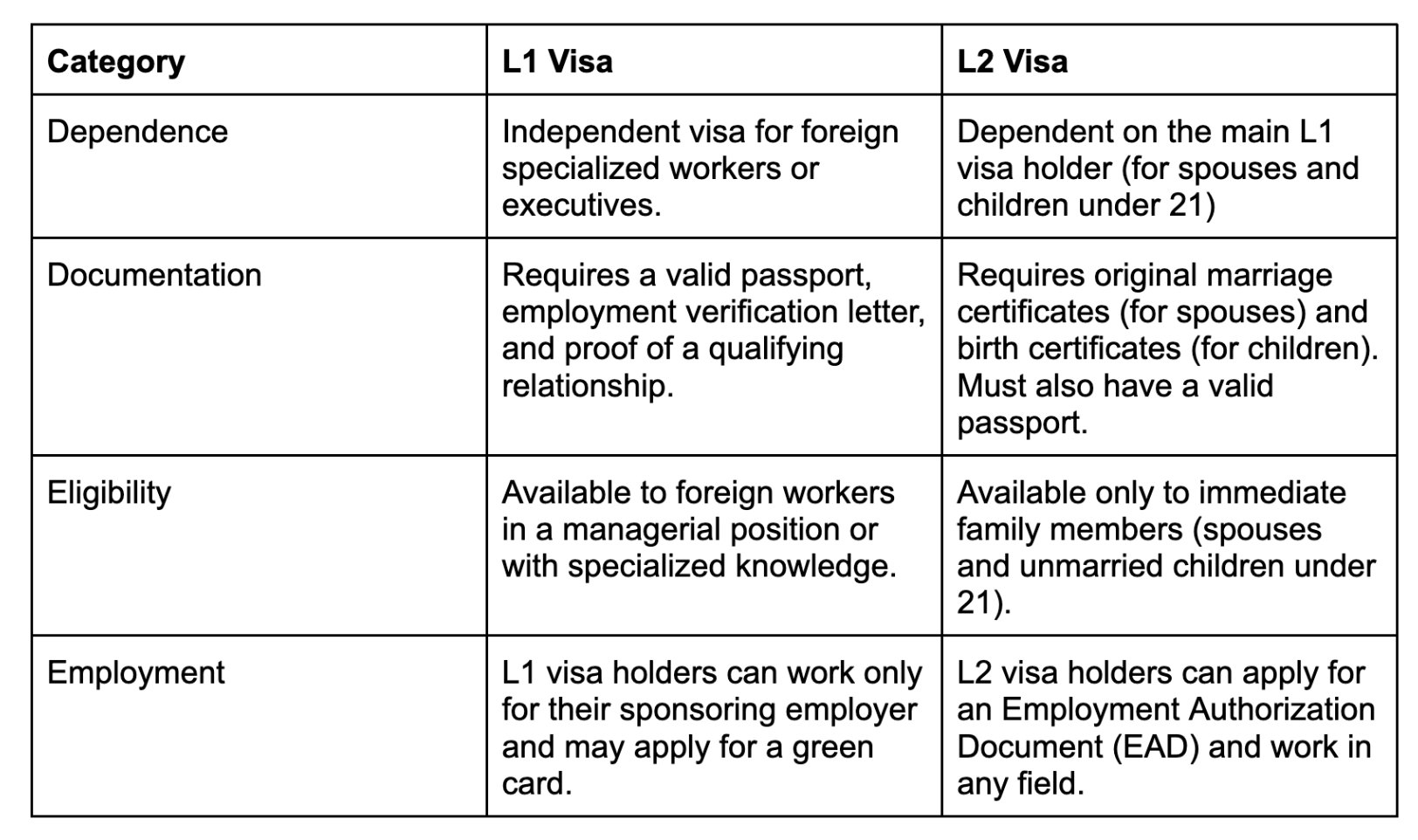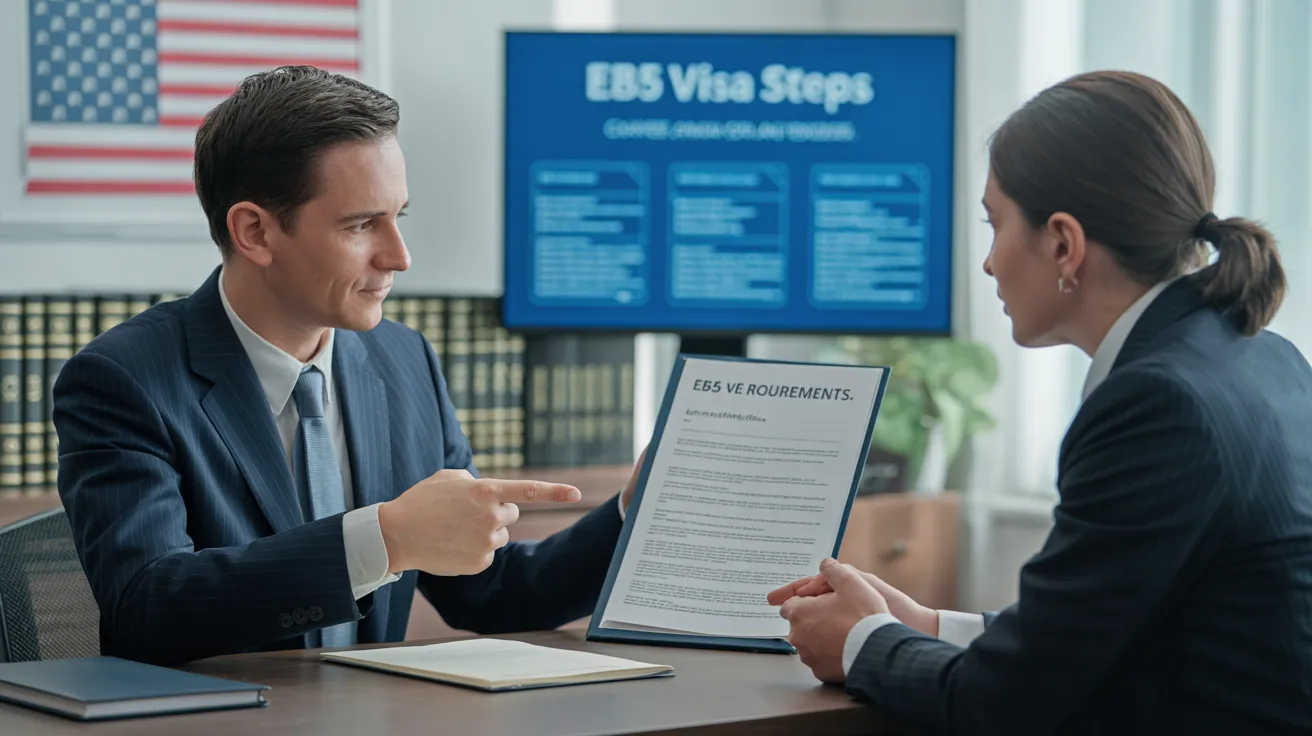The Definitive Guide for L1 Visa
Table of ContentsExcitement About L1 VisaFascination About L1 VisaThe Facts About L1 Visa RevealedThe Ultimate Guide To L1 VisaThe Main Principles Of L1 Visa The Facts About L1 Visa UncoveredL1 Visa Things To Know Before You Get This
The L-1 visa is an employment-based visa category established by Congress in 1970, permitting multinational business to transfer their managers, executives, or key workers to their united state procedures. It is typically described as the intracompany transferee visa. There are two main sorts of L-1 visas: L-1A and L-1B. These kinds appropriate for workers employed in various placements within a company.In addition, the beneficiary has to have worked in a supervisory, executive, or specialized employee position for one year within the 3 years preceding the L-1A application in the international business. For brand-new workplace applications, international work needs to have remained in a supervisory or executive ability if the recipient is pertaining to the United States to function as a manager or executive.
for as much as 7 years to look after the procedures of the united state associate as an exec or manager. If provided for an U.S. business that has actually been functional for more than one year, the L-1A visa is initially provided for up to 3 years and can be prolonged in two-year increments.
The Best Strategy To Use For L1 Visa
If approved for a united state business operational for greater than one year, the preliminary L-1B visa is for as much as three years and can be extended for an added two years. Alternatively, if the united state firm is recently established or has been operational for less than one year, the first L-1B visa is issued for one year, with expansions readily available in two-year increments.
L-1A visa owners can remain in the U.S. for up to 7 years, while L-1B visa owners can function in the U.S. for up to five years. L-1A visa can lead to an EB-1C immigrant visa, whereas L-1B visa can not lead directly to irreversible residence status.


On the other hand, if you have special or advanced knowledge within your company, you might be qualified for transfer to the united state to apply your specialized skills. The L-1 visa process includes complicated treatments, demanding comprehensive documentation and cautious scrutiny of lawful requirements on a case-by-case basis. Hereof, the support of a migration lawyer is essential for guaranteeing the successful completion of the procedure.
The L-1 visa stands as an important device for worldwide organizations, promoting the transfer of vital employees between overseas and United state branches. To lose light on this topic, we have actually compiled an extensive guide attending to the most often asked questions about the L-1 visa: At its core, the L-1 visa makes it possible for multinational business to move certain workers from foreign offices to U.S.
entities, such as parent, subsidiary, or affiliate - L1 Visa. Specialized knowledge refers to know-how or expertise of the firm's products, services, processes, or L1 Visa attorney procedures that is not easily offered in the United state
Some Known Questions About L1 Visa.
Yes, L-1 visa holders can bring their spouses and partners children single Kids years of age to the United States on L-2 visas.
Citizenship and Immigration Services (USCIS), along with sustaining paperwork showing the qualifying partnership in between the overseas and united state entities and the credentials of the employee being moved. While the L-1 visa is a prominent choice for intra-company transfers, there are alternate visa options available relying on the person's qualifications and conditions.
Yes, partners of L-1 visa holders on L-2 visas are licensed to function without having to look for work consent. While there is no particular need for L-1 visa owners to preserve a foreign residence, they are expected to maintain connections to L1 Visa guide their home country and mean to leave the USA upon completion of their authorized stay.
The residential worker needs to have been used by the L-1 visa holder for at least one year within the coming before 3 years and must plan to work permanent for the visa owner in the United state. When using for an expansion of keep on an L-1 visa, companies should proceed to demonstrate the certifying connection between the overseas and U.S.
Reddy & Neumann, P.C. has been has actually the offering community for over 20 years and is Houston's largest immigration biggest firm legislation solely concentrated Entirely.
These needs and interpretations make sure that the L-1 visa program offers its intended purpose of assisting in the transfer of key employees within international companies while keeping the integrity of the visa category. L-1B visa holders (specialized understanding workers) can additionally prolong their visas in two-year increments, however they are limited to a five-year stay. An employee who gets the L-1 visa may likewise bring a spouse and dependent children (single and under 21 years of age) for the visa term.
If a business falls short to submit an extension of the covering application in a timely manner, it does not cause a three-year waiting period before another covering request can be filed. This permits companies to preserve their blanket L-1 condition more conveniently. Numerous L-1 visa owners consider long-term leads in the USA, and a common concern emerges concerning transitioning to permanent residency.
L-1A visas are developed for supervisors and executives, while L-1B visas are for workers with specialized expertise, as established by the USCIS. L-1A visa owners commonly have much more senior functions within the business, looking after L1 Visa requirements divisions or running procedures. L-1B visa holders have in-depth expertise of the company's unique methods, products, or solutions.
What Does L1 Visa Do?
Both visa kinds are at first approved for one to three years, with the possibility of extensions in two-year increments. Yes, partners of L-1 visa holders (L-2 visa holders) are given job consent occurrence to condition. This means they no more require to file a separate application for work permission to operate in the United States.